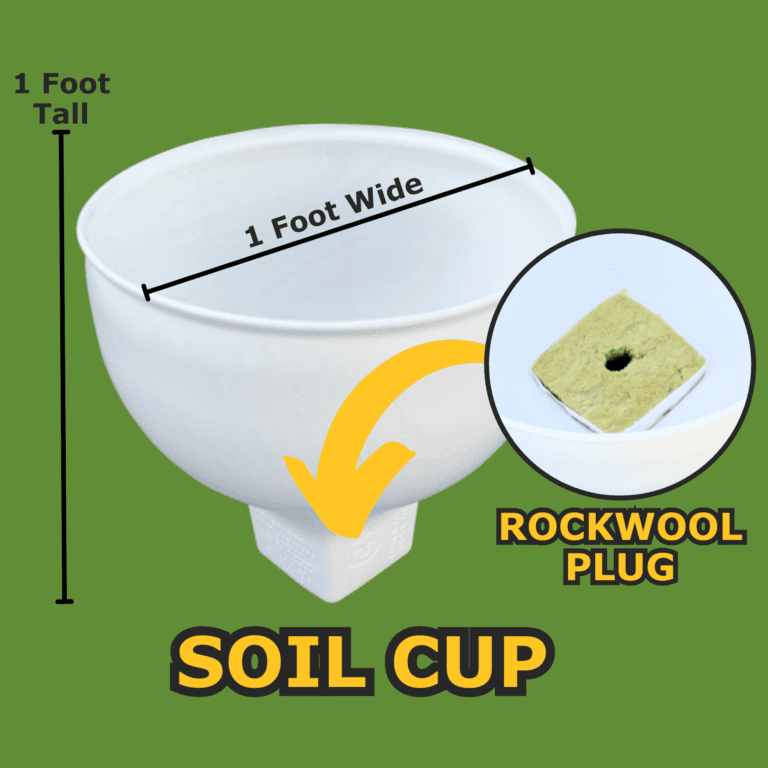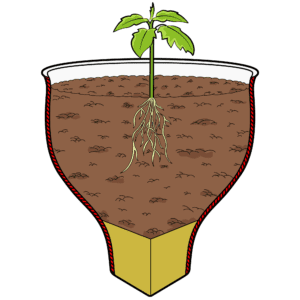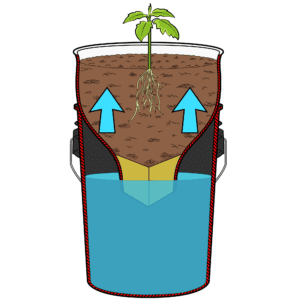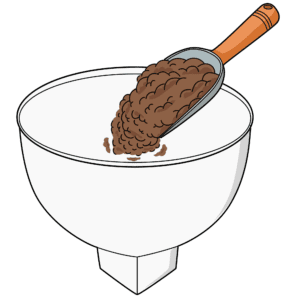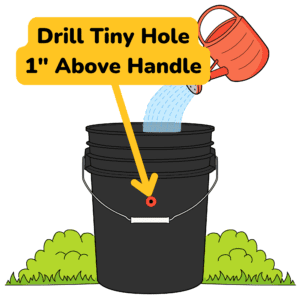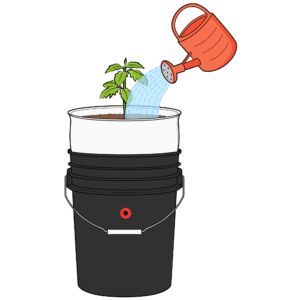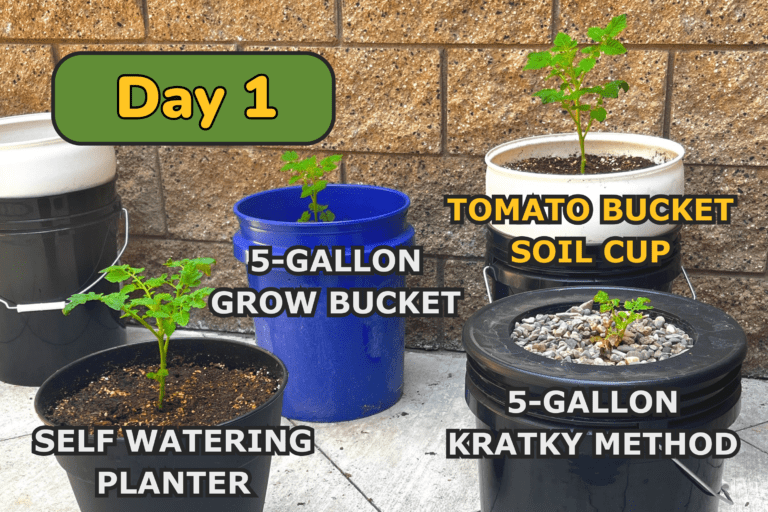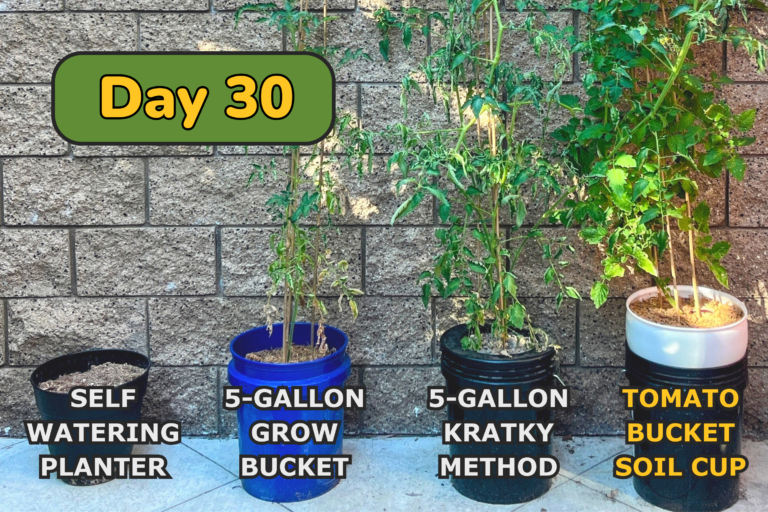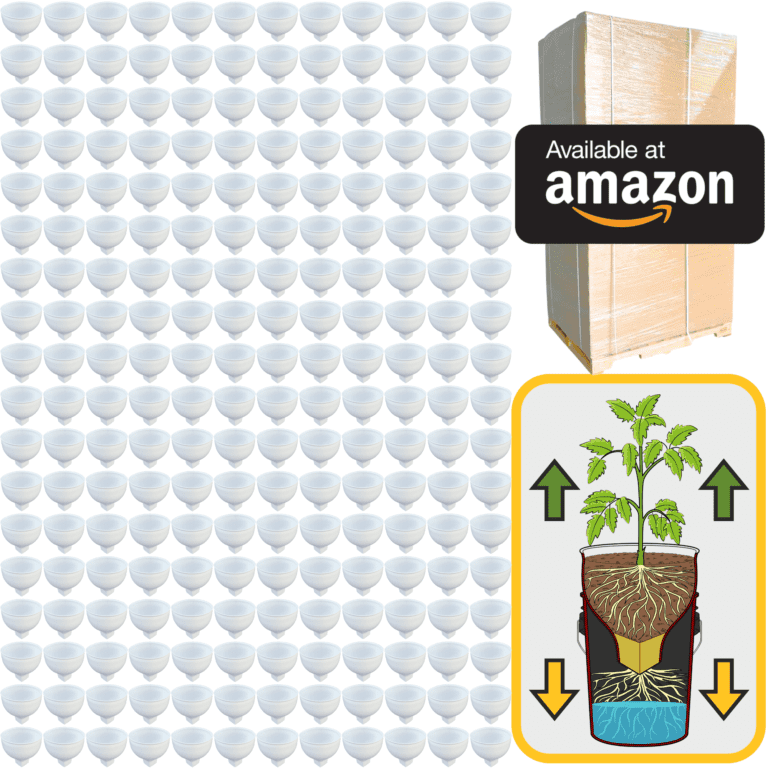The life of a cannabis plant begins with a single seed, and within that tiny shell is everything it needs to grow into a strong, vibrant plant. Choosing and germinating seeds might seem simple, but this early stage is foundational to everything that follows. The way you start will echo through the plant’s entire life cycle. Taking a bit of time to select the right seeds and handle them carefully will set your plants on a path to success, making your job easier and your results more rewarding down the line.
When it comes to choosing seeds, think of it as selecting the genetic blueprint for the plants you’re about to grow. Cannabis is highly diverse, with different strains offering different qualities in terms of growth patterns, yield, effects, and aromas. Some strains are uplifting and energizing, perfect for daytime use, while others are calming and relaxing, making them ideal for evenings. There are compact, bushy strains that suit indoor spaces and tall, branching varieties that thrive outdoors. Before you begin, consider what you’re looking for in your cannabis plants. If you’re growing for personal use, go for strains with effects you’ll enjoy and flavors that appeal to you. If your goal is to maximize your harvest, there are strains known for their high yields. Each strain is unique, with its own growth habits, flowering time, and cannabinoid profile, so choosing one that aligns with your goals is a great way to start on the right foot.
When selecting seeds, you’ll encounter three main types: regular, feminized, and autoflowering. Regular seeds come in their natural form and can produce either male or female plants. If you’re growing cannabis primarily for buds, female plants are what you want, as they produce the resinous flowers rich in cannabinoids. Male plants, while essential for breeding, don’t produce usable buds and will need to be removed to avoid pollinating the females. Feminized seeds take out this guesswork. They’ve been bred to produce only female plants, simplifying the process for beginners and maximizing the potential yield. Autoflowering seeds are another option, offering a unique set of advantages. These seeds contain genetics from Cannabis ruderalis, a wild type that flowers based on age rather than light cycles. Autoflowering plants are hardy, fast, and require minimal adjustment to light cycles, making them perfect for those who want a quick, easy grow.
With seeds in hand, it’s time to begin the germination process. Germination is all about providing a warm, moist environment that signals to the seed it’s time to wake up. One simple and effective way to germinate seeds is the paper towel method. Dampen a paper towel with water (not too wet), place the seeds on one half, and fold the other half over them. Put the towel inside a plastic bag or between two plates to keep it moist, and store it in a warm, dark place. Check daily, and within a few days, you’ll see a small taproot emerge. This root is the plant’s lifeline, the first sign of new life breaking out of the shell. Once it’s about a quarter of an inch long, it’s ready to be planted in soil.
Another approach is to plant seeds directly into soil. This method is as natural as it gets—after all, this is how seeds sprout in the wild. Prepare your soil by lightly moistening it, make a small hole about a quarter-inch deep, place the seed inside, and cover it gently. Keep the soil moist but not waterlogged, and within a week, you should see the seedling emerge. Direct planting has the advantage of minimizing handling, reducing the risk of damaging the fragile root as it grows.
Some growers like to start seeds in a glass of water, especially if they’re dealing with older seeds that might need a little extra help breaking out of their shells. Place the seeds in a glass of room-temperature water for up to 24 hours. This softens the shell, and once you see a tiny taproot or the seed begins to crack, you can transfer it to soil or a damp paper towel. The water method works well for harder-to-germinate seeds, but avoid leaving seeds in water too long, as they can drown if left submerged for more than a day.
Starting seeds can be both exciting and a little nerve-wracking. Seeds are delicate, and cannabis plants—though strong once established—are vulnerable in these early stages. A gentle touch goes a long way. Resist the urge to handle the seed once it’s sprouted, as the taproot is extremely fragile. Seeds have their own pace, so patience is your friend. Some seeds will sprout quickly, while others may take a few extra days. All they need is a stable environment, moisture, warmth, and a little time to find their way.
Sometimes, seeds don’t germinate as planned, and that’s okay. There are a few common reasons why seeds might struggle to sprout. Too much water can drown the seed or cause it to rot, while too little water can leave it dormant. Temperature also matters; cannabis seeds prefer warmth, ideally between 70-80°F (21-27°C). Seeds that are too cold may not sprout, and seeds that are too hot may dry out. Using fresh seeds from a reliable source is also important, as older seeds can lose their viability over time. When a seed doesn’t sprout, take it as a learning experience—it’s all part of the process, and with each attempt, you’ll get better at reading and responding to your seeds’ needs.
Once your seeds have sprouted and pushed through the soil, you’ll see the first tiny leaves, known as cotyledons. These first leaves aren’t the familiar cannabis shape but are rounded and serve as the plant’s initial source of energy. Once they’re up, it’s time to introduce gentle light to encourage growth. Seedlings don’t need intense light, but they do need consistency. A soft, full-spectrum light or a sunny windowsill is ideal at this stage. As they grow, the plants will develop their first true leaves, which have the classic serrated shape, and this signals they’re ready to start moving into the vegetative stage.
These early steps—seed selection and germination—lay the groundwork for everything to come. Each seed holds a unique set of genetics, and with your care, it can grow into a healthy, thriving plant. The process of growing cannabis from seed is a reminder of nature’s simplicity and resilience. From the moment that tiny taproot emerges, you’re engaging with a living cycle, nurturing something that will one day return your care in the form of a beautiful harvest.
Starting from seed isn’t just the beginning of the plant’s journey; it’s also the beginning of your journey as a grower. It’s a chance to learn, to observe, and to appreciate the way life unfolds one small step at a time. With each seed that sprouts, you’re not just growing cannabis—you’re developing the skills, patience, and connection that make growing truly meaningful. When you see those first green leaves reaching toward the light, you’ll feel the satisfaction of bringing new life into the world, and that’s a feeling that only deepens as your plants grow.

